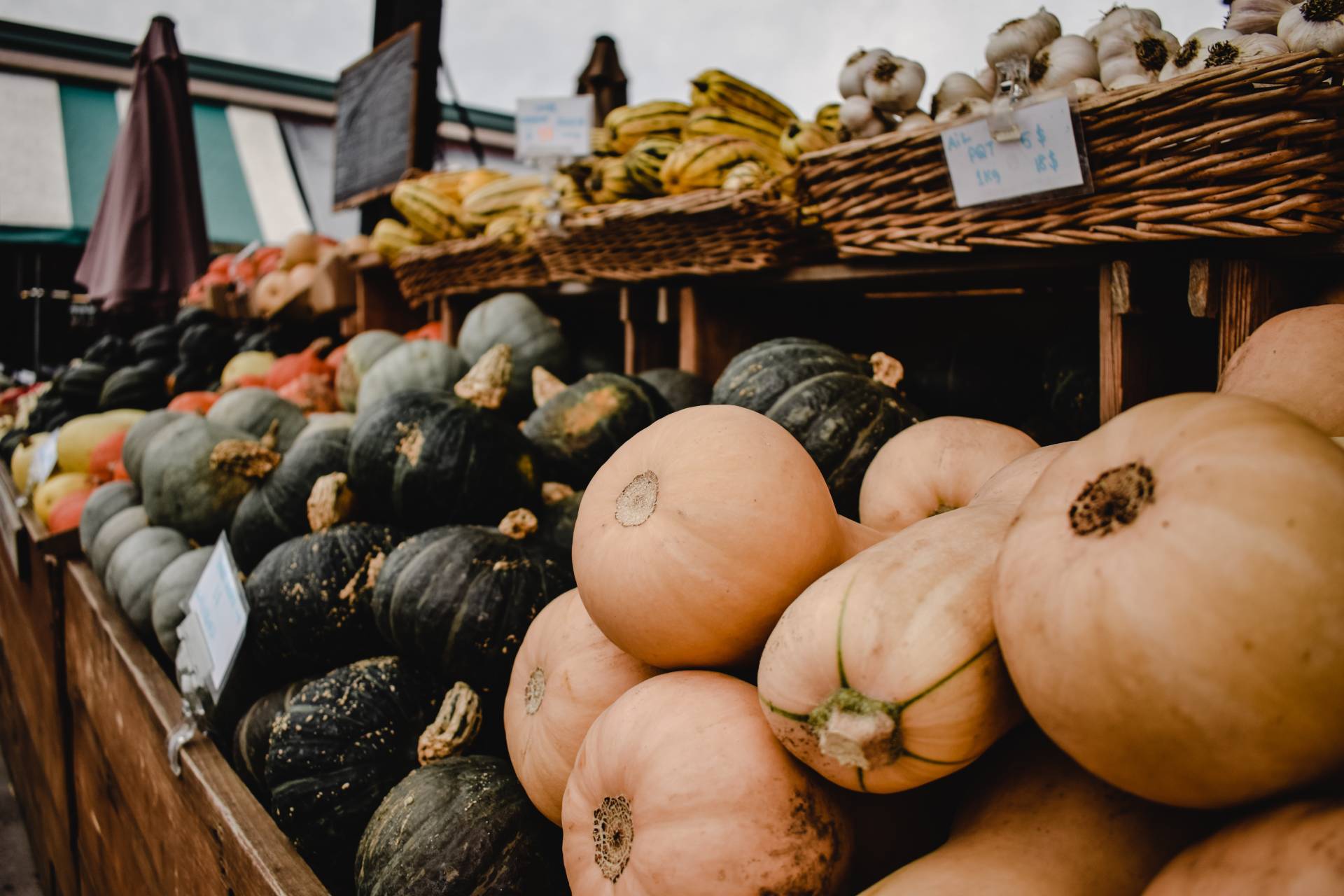Roasted, Toasted, and All The Ways To Cook Butternut Squash
Butternut squash is a well-known winter variety. It has a sweet and nutty flavor, bright orange flesh, and dull tan-colored skin. Butternut squash is shaped like a bottle with a long neck and a short bulb-like end. The skin is thick enough to eat, but it is usually removed before or after cooking. The seeds are also edible and can be enjoyed raw, roasted, salted, or with other seasonings. There are various ways to cook and enjoy butternut squash throughout the chilly months, and the fruit has gained popularity for its versatility in many recipes.

What Is Butternut Squash
The popularity of butternut squash came about from its sweet, moist, and nutty flavor profile. A bit like sweet potatoes and is often compared to butterscotch. Due to its density, butternut squash provides more servings per fruit than other winter squash. It’s also an excellent source of vitamins A and C, dietary fiber, potassium, and magnesium.
Butternut squash is considered a winter squash, but don’t let the word fool you — winter squash is harvested in autumn before a hard frost. It is then stored for later. In the time when many homes had root cellars, they would harvest the squash in the fall season and then store it in the cellar throughout the winter.
And butternut squash isn’t the only winter squash. They come in many shapes, colors, and sizes. From Delicata, Acorn, and Hubbard, to Spaghetti squash — each is unique. There is very little botanical difference between winter squash and summer squash. They’re both derived from the same plant family and ripen on a vine. But it’s the soft skin and seeds that make all the difference. Butternut and other winter squash have tough skin that is removed before enjoying.
How To Store Butternut Squash
The tough exterior is the main reason winter squash lasts a long time before use when stored properly. Store in a cool, dark, dry, and well-ventilated space. Cut squash can be stored in a tightly covered container and refrigerated for up to five days. Raw squash can be frozen for up to six months if cubed.

Cooking With Butternut Squash
Even though butternut squash is technically a fruit, it is primarily treated as a vegetable in cooking. It’s wonderful roasted, boiled, and pureed as a soup, sauteed, toasted, braised, used as a dumpling filling, pickled, incorporated into pasta and rice dishes, and is often the showstopper of many desserts. The most common way to cook butternut squash is by roasting it. The squash can also be simmered, steamed, grilled, and cooked in the microwave. Butternut squash soup is a classic pureed recipe, but it can also be used as a pie or dumpling filling. Depending on the flavor pairing, butternut squash is a versatile ingredient.
Cinnamon, nutmeg, closed, cardamom, rosemary, and sage are great accompaniments to butternut squash. A drizzle of olive oil and herbs makes for a delicious roasted side. Brown sugar and maple syrup compliment the nutty flavor with a touch of sweetness. For more savory pairings, think bacon, chicken, onions, spinach, broccoli, apples, and pears.

Where To Find Butternut Squash
Due to its unique nutty and sweet flavor profile, greater yield volume, and versatility, butternut squash has gained popularity in many kitchens. The peak season for butternut squash is mid-fall to winter. So, now is the best time to stock up on this incredible fruit. Riviera Produce is a produce wholesaler that carries farm-fresh butternut squash and other winter varieties currently in season.
